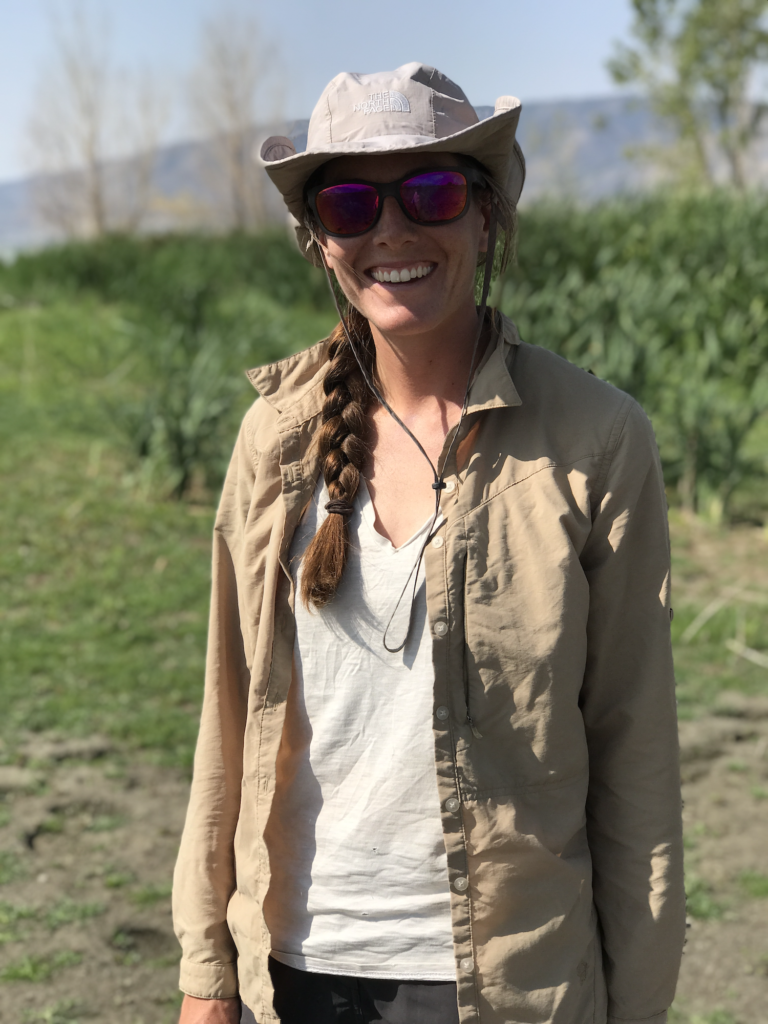
M.S. Candidate, Utah State University
2021 Field Travel Grant Type 1
Restoration of Great Salt Lake Wetlands: Improving outcomes through experimental manipulations of microtopography and functionally diverse seed mixes
“Wetland conservation and restoration are critical in arid regions of the world where these ecosystems occur infrequently across the landscape but provide a disproportionate amount of invaluable wildlife habitat. The Intermountain West of North America is one such region where the relative scarcity of large wetlands makes them a conservation priority (McKinstry et al. 2004). Within this region, the Great Salt Lake of Utah sits at the terminus of three major watersheds and is the largest hypersaline terminal lake in the western hemisphere. Along its vast shoreline lies a network of wet meadows, marshes, and playas that comprise 75% of Utah’s wetlands…Many of these important habitats are under threat of invasion or currently disturbed by the invasive grass, Phragmites australis (hereafter Phragmites)…Until now, Great Salt Lake wetland restoration efforts have generally focused on re-establishing native species that provide optimal avian habitat. These habitat-forming species include several rhizomatous monocots in the sedge family (e.g. bulrushes, Schoenoplectus and Bolboschoenus species). Once established, these species form large stands that provide a suite of important habitat functions and provide nutritious seeds for waterfowl. However, these native perennials tend to establish slowly, and are poor competitors of Phragmites in early life cycle stages. These perennial species also require a narrow range of environmental conditions for establishment success, usually bare, moist soils (Kettenring 2012). As water levels in wetlands are highly variable and at times unpredictable, it can be difficult to optimize seeding efforts to coincide with optimal conditions across large areas. A possible solution to this for Great Salt Lake wetlands is to include faster-growing annual species to be seeded in addition to perennial natives. This research will aim to identify candidate species for wetland restorations that are abundant and native to Great Salt Lake wetlands. Preferably, species included in a more diverse mix will have variable habitat preferences, drought tolerances, growth forms, and reproductive strategies, which will improve the chance of success in a wider range of environmental conditions…There is further evidence suggesting that microtopographic variation can also help to buffer against environmental uncertainties. Artificially creating microtopography in restoration sites can provide greater potential for native species establishment if hydrology and weather are highly variable and unpredictable (Doherty and Zedler 2015). Currently, no one has investigated the role of microtopography in Great Salt Lake wetlands. This research will aim to explore whether microtopography, through creating more variation in soil moisture across a small scale, in conjunction with utilizing a diverse mixture of native seeds, can be utilized to improve restoration outcomes.”
